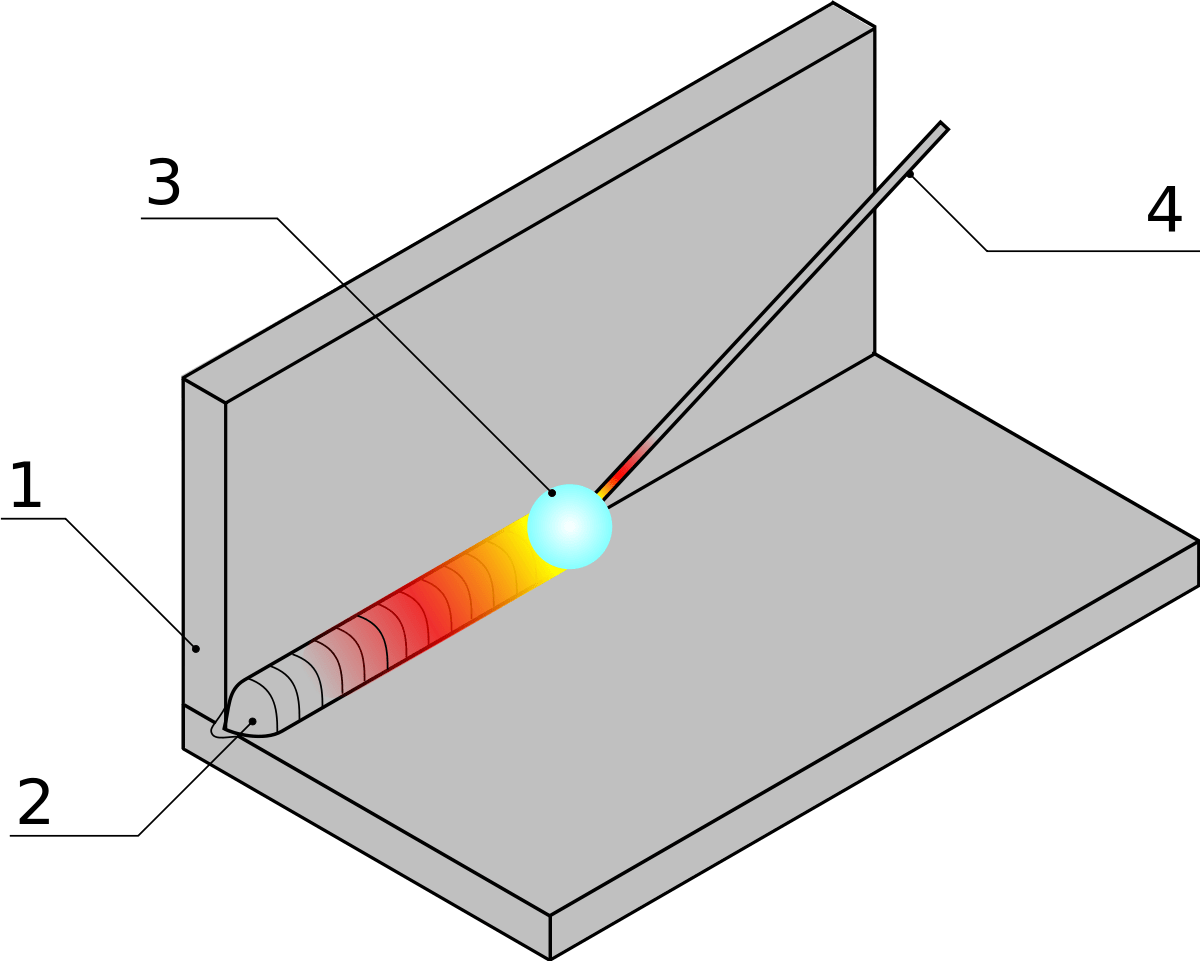Advantages and Disadvantages of Fusion welding
What is Fusion Welding?
Fusion welding is a form of joining two or more metals by melting them together and then bonding them with the help of filler metal. It has many advantages like it provides high strength, low thermal expansion, and good corrosion resistance.
Fusion welding is a technique of joining metals using heat and pressure. The process is similar to conventional welding, but the materials are melted together.
In this type of welding, high-temperature metal is melted by applying high heat and pressure to the workpiece that needs to be joined.
The molten metal flows into the joint area between two pieces and solidifies in place without any distortion or cracking. The only difference between fusion welding and other types of welding is that you do not have to wear any special clothing while doing fusion welding because there are no flames involved. Fusion Welding has been in use for more than 50 years now and many industries use it today, including aerospace, automotive manufacturing, medical equipment manufacturing, appliance repair shops, etc…
Advantages of Fusion Welding:
- It is also a high-strength welding process that produces a strong bond between the metals and has higher tensile strength.
- Its quickness and versatility process.
- It doesn’t need any surface preparation and produces excellent fusion between the two metals.
- Low energy consumption.
- Fast production rate.
- High-quality welds.
- It does not require external pressure.
- It also has low manufacturing costs compared to other methods of metal joining because it uses simple tools like power hammers, magnetic clutches, soldering guns, etc.
- It is easy to operate.
- This process can be automated.
Disadvantages of Fusion Welding:
- Fusion welding is more expensive than other types of welding.
- It requires special equipment to perform this process which may cost more than other methods.
- Expensive equipment and consumables.
- This process may lead to residual stress.
- Inaccurate positioning in the process.
- This high temperature causes the two metals to melt at their molecular level and fuse together so that they become one solid mass.
- This welding creates a weak area due to the heat-affected zone.



